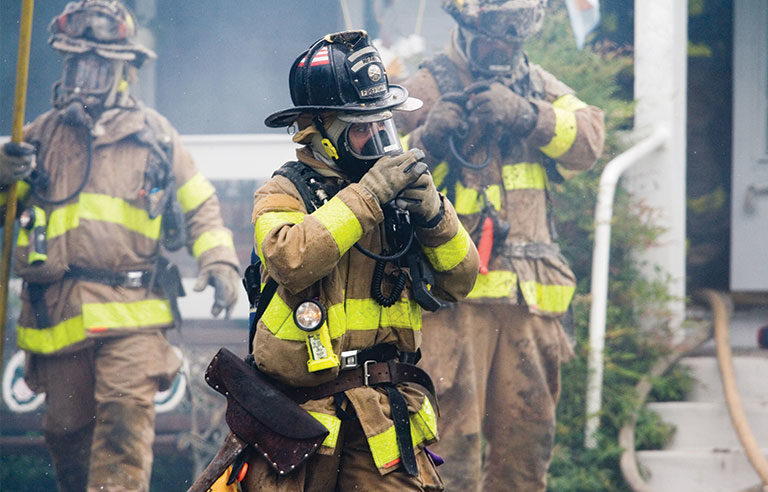USFA publishes guide on risk management for fire departments

Emmitsburg, MD — The U.S. Fire Administration recently published a guide that outlines approaches fire departments can take to address on-the-job organizational, operational and community risks.
Risk Management Practices in the Fire Service summarizes ways to build a risk management approach in the industry, beginning with risk identification and evaluation. The guide includes information on administrative, engineering and personal protective control measures designed to make tasks and workers safer within the three levels of risk management – the community as a whole, the emergency response organization and emergency response operations.
According to USFA, 89 firefighters were killed on the job in 2016. The National Fire Protection Association standard for fire department occupational safety and health programs, NFPA 1500, requires fire departments to establish a written risk management plan.
“To be effective, risk management decisions must be based on accurate, timely and complete information about hazards that are present and significant,” the guide states. “Managing information must be an organizational priority to properly protect our responders and our communities. Fire departments should design and implement management information systems that enable pre-incident planning and onsite incident risk management.”
Post a comment to this article
Safety+Health welcomes comments that promote respectful dialogue. Please stay on topic. Comments that contain personal attacks, profanity or abusive language – or those aggressively promoting products or services – will be removed. We reserve the right to determine which comments violate our comment policy. (Anonymous comments are welcome; merely skip the “name” field in the comment box. An email address is required but will not be included with your comment.)

